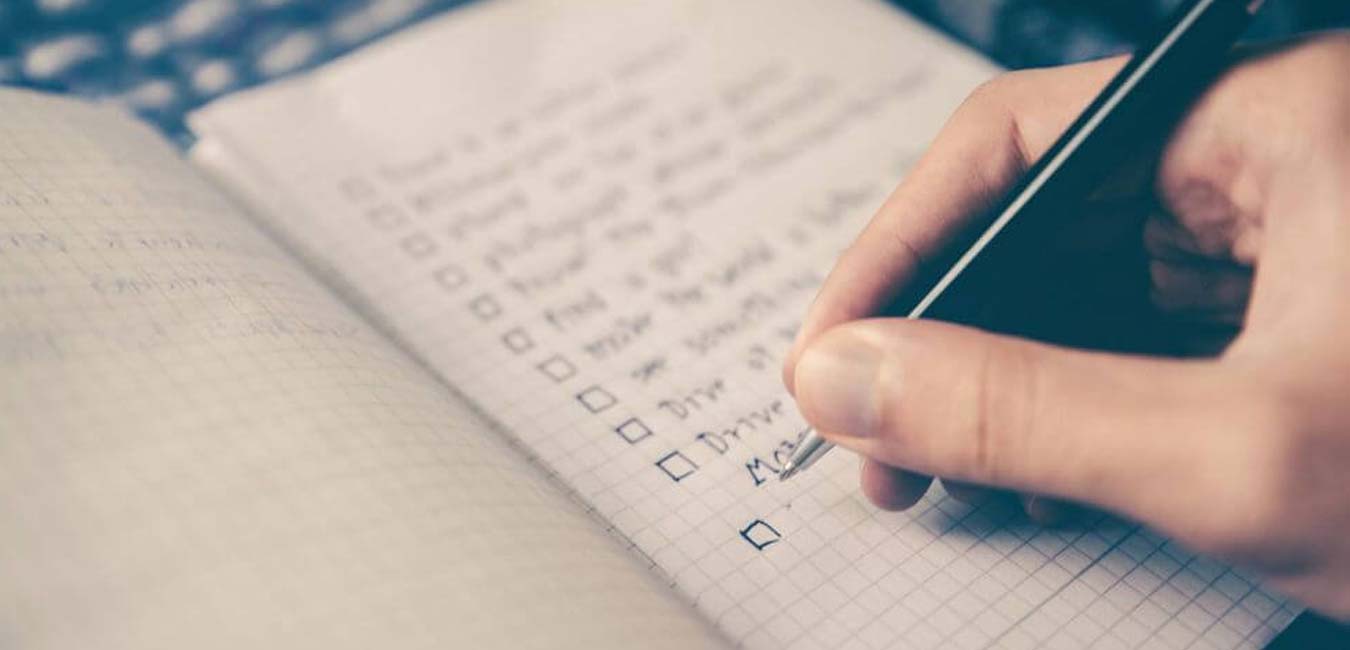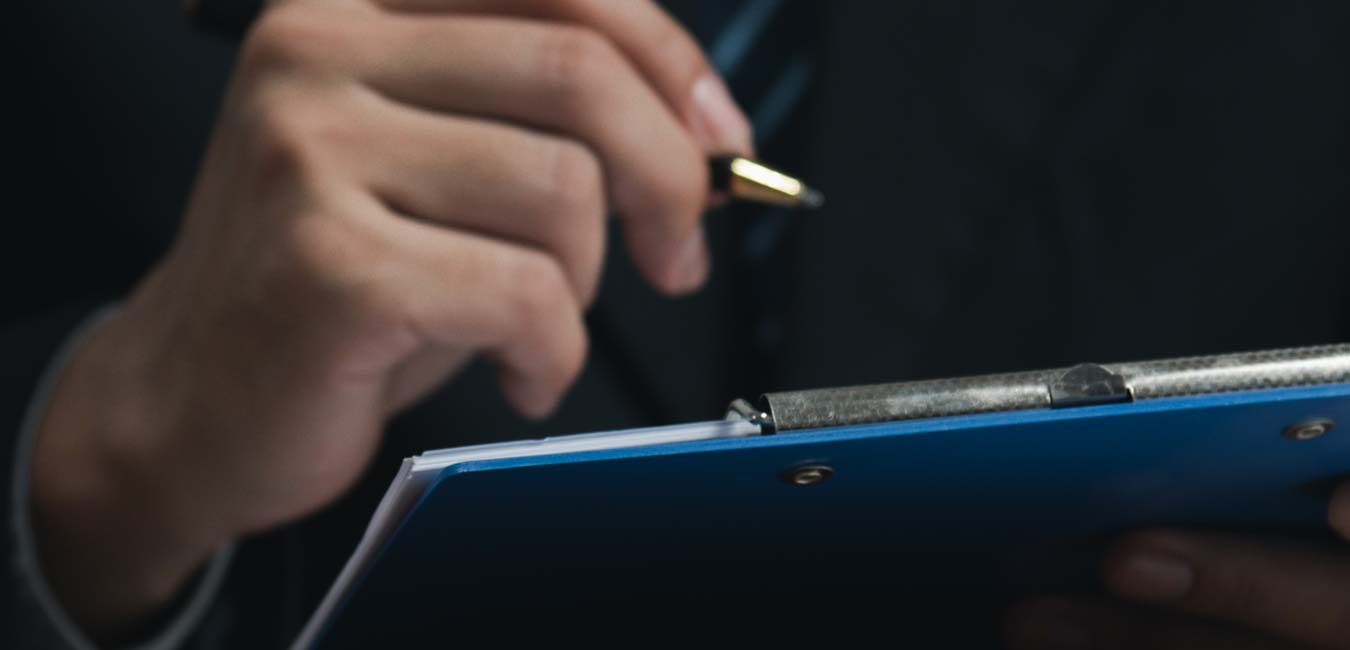Expos and tradeshows are powerful tools for building brand awareness and developing strong business relationships. They give exhibitors a valuable, unique opportunity to gain traction in their industries. Some very successful businesses like Twitter and Foursquare made use of trade shows to great effect and your business can, too.
When you’re considering making your debut at a trade show, it’s normal to be somewhat intimidated. It’s exciting but there’s a lot of uncertainty as well.
That’s why the planning stage is key.
You should never leave the planning and preparation for your first trade show to the last minute; instead, start at least two or three months (and up to six) before the day of the trade show. That will give you enough time to get everything covered and ensure your success when the day arrives.
Be sure to follow these steps.
1: Select and Register for a Trade Show
It may sound obvious, but one of the first things you need to do is decide which trade show you’re going to attend. You should choose a trade show that’s specific to your industry and has a strong reputation. Check out lists of various trade shows from 10 Times and Trade Show News Network if you need a place to start.
As soon as you choose the trade show where you’ll make your first exhibition, you should register for that event. Registering early often allows you to take advantage of early-bird discounts so don’t delay.
After registering, you should be able to access the trade show manual. Familiarize yourself with all the relevant rules, regulations, and deadlines to make sure you’re not in for any shocks later. If there’s more paperwork you need to fill out, it’s a good idea to get that submitted as soon as possible.
2: Set Your Goals
Registering for the event is just step one. Once you complete that step, it’s time to move on to the tougher stuff: setting your goals.
If you want to get the most out of your first trade show, you need to set clear goals for the event and write them down. Having definite, visible goals will help keep everyone on the same page, working towards the same thing.
Think about what you want to get out of the trade show. Is it just getting the word out there to a broad audience about your product/service? Is it finding a supplier? Is it building a client list? Whatever your main goals are for the trade show, take the time to think about them and write them down. These goals will form the foundation of your action plan.

3: Gather Information
A plan isn’t worth anything if it’s not based on concrete information. One of the things you want to find out early on in the planning stage is who will be attending the trade show.
If you can get your hands on an attendee list in advance, that will help in two key ways. First, you’ll get a sense of who your competition will be. More importantly, it will also allow you to reach out to some contacts who may be interested in your business.
Consider reaching out to certain attendees before the event with a simple introduction and invitation to check out your booth. Don’t spam them, though!
You also want to do some research into your target audience before the day of the trade show. Who are they? What are their needs and interests? Knowing exactly how your products/services can meet their needs will help you immensely when it comes time to prepare your booth.
4: Budget
Now we’re getting down to the nitty-gritty. The unfortunate reality is that exhibiting at a trade show comes with many different costs and you need to plan accordingly.
You will likely incur costs for equipment, travel, booth rentals, any giveaways you offer, and others. These costs can add up quickly if you’re not careful so be sure to add a cushion to your estimates.
The good news is that subsequent trade shows should be less expensive because you get initial equipment and supply costs out of the way with the first one.
5: Start Marketing
If you want the best possible reception at the trade show, you need to be marketing ahead of time.
Take advantage of various social media platforms to engage your audience and get the word out. Blog posts and email blasts work well, too. Include the location of the trade show and your booth number in all promotional material to make sure people can find you.
6: Choose and Prepare Your Team
The people you bring with you to staff your booth can make or break your first trade show experience. You can choose either to bring an outside event staffing group or a in-house team. Either way, they must be as prepared as possible for the event.
Your event team should be professional and friendly so they’re able to engage the audience. Every member needs to know your product and company inside and out. When attendees ask questions, all the staff members should be able to answer them.
It’s a good idea to prepare a list of anticipated questions and train the team on the best way to answer them. Do a role-playing exercise to practice if it will help. Everyone’s sales skills need to be at the highest level and that includes perfecting the elevator pitch.
Investing time preparing your staff will pay off in a big way when it’s time to go.
7: Preparing Your Booth
The last part of the planning stage revolves around your booth. Before the event, you need to pick a booth space and design your booth. For the first exhibition, it’s generally a good idea to keep things small and simple so you don’t end up spending too much.
Think about the image you want to show attendees and let the design flow from there.
Once you’ve completed all these steps, you’re well on your way to a successful first trade show exhibition. Good luck!
If you need help in event and trade show booth design services, you can give Lab a call to set up a consult today at 630-896-2500.






